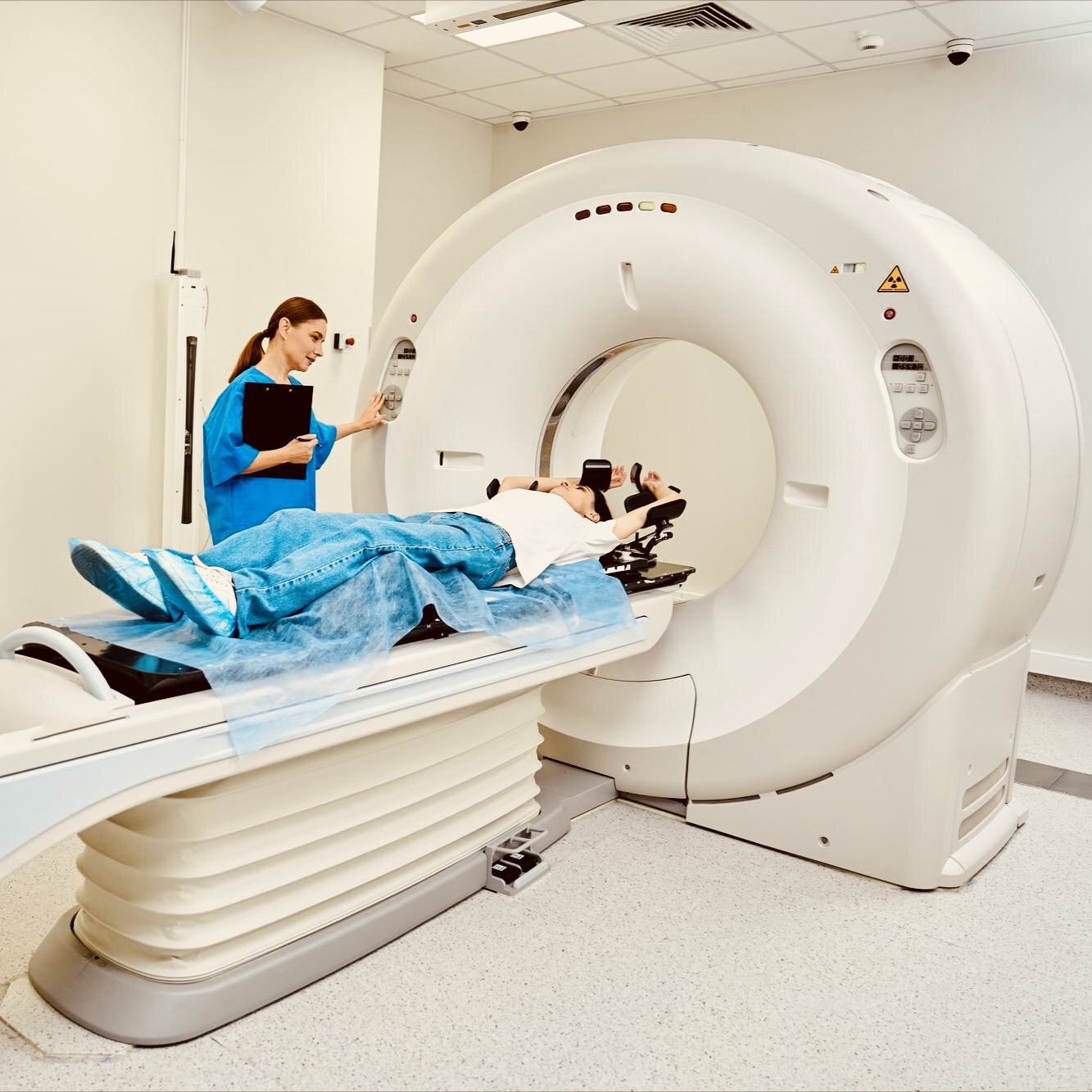Integrating Pathology and Symptomology
Combining pathology and symptomology offers a robust approach to psychiatric diagnosis, enhancing the accuracy, comprehensiveness, and personalization of care. This integration ensures that both the biological underpinnings and the subjective experiences of patients are considered in diagnosis and treatment planning.

Combining pathology and symptomology can enhance the accuracy and depth of psychiatric diagnoses. Here’s how both can be integrated:
Pathology in Psychiatric Diagnosis
Pathology: The study of the causes and effects of diseases, focusing on the structural and functional changes in tissues and organs.
Pathological Approaches:
-
Neuroimaging: Techniques such as MRI, fMRI, and PET scans can reveal structural and functional brain abnormalities associated with psychiatric conditions.
Example: Reduced hippocampal volume in depression.
-
Biochemical Markers: Levels of neurotransmitters, hormones, and other chemicals in the blood, CSF, or brain tissue.
Example: Low serotonin levels in depression, elevated cortisol in anxiety disorders.
-
Genetic Studies: Identifying genetic predispositions to psychiatric disorders through genome-wide association studies (GWAS) and candidate gene approaches.
Example: Variants in the serotonin transporter gene (SLC6A4) linked to depression.
-
Histopathology: Examining brain tissue (post-mortem) for abnormalities.
Example: Amyloid plaques and neurofibrillary tangles in Alzheimer’s disease.
Symptomology in Psychiatric Diagnosis
Symptomology: The study of symptoms of diseases, focusing on their identification, classification, and significance.
Symptomological Approaches:
-
Clinical Interviews: Detailed interviews with patients to assess their symptoms, history, and mental state.
Example: Structured Clinical Interview for DSM Disorders (SCID).
-
Symptom Rating Scales: Tools to quantify the severity of symptoms.
Example: Hamilton Depression Rating Scale, Beck Anxiety Inventory.
-
Behavioral Observations: Monitoring and recording behaviors during clinical assessments.
Example: Observing agitation or flat affect in patients.
-
Diagnostic Criteria: Using standardized criteria from manuals like the DSM-5 or ICD-10/11.
Example: Criteria for diagnosing major depressive disorder.
Integrating Pathology and Symptomology
Benefits:
Comprehensive Understanding Combining both approaches provides a holistic view of the disorder, capturing both biological and experiential aspects.
Personalized Treatment Identifying specific pathological markers can guide the selection of personalized treatments.
Improved Diagnosis Enhances diagnostic accuracy by correlating symptoms with underlying biological changes.
Monitoring and Prognosis Pathological markers can help monitor treatment response and predict outcomes.
Examples of Integration:
Depression
Pathology: Low serotonin levels, reduced hippocampal volume.
Symptomology: Persistent sadness, loss of interest, changes in appetite and sleep.
Integration: A patient with these symptoms and confirmed low serotonin might benefit from SSRIs.
Schizophrenia
Pathology: Enlarged ventricles, dopamine dysregulation.
Symptomology: Hallucinations, delusions, disorganized thinking.
Integration: Antipsychotic medication targeting dopamine pathways can be guided by the severity and type of symptoms.
Bipolar Disorder
Pathology: Abnormal brain activity patterns, genetic predispositions.
Symptomology: Mood swings, periods of mania and depression.
Integration: Mood stabilizers might be used based on symptom severity and duration, with neuroimaging to monitor brain activity changes.
Conclusion
Combining pathology and symptomology offers a robust approach to psychiatric diagnosis, enhancing the accuracy, comprehensiveness, and personalization of care. This integrated method ensures that both the biological underpinnings and the subjective experiences of patients are considered in diagnosis and treatment planning.
Try XYCHIATRY today
- See how it works in real-time. Take a quick self-assessment or walk through a sample patient case. No signup required.

